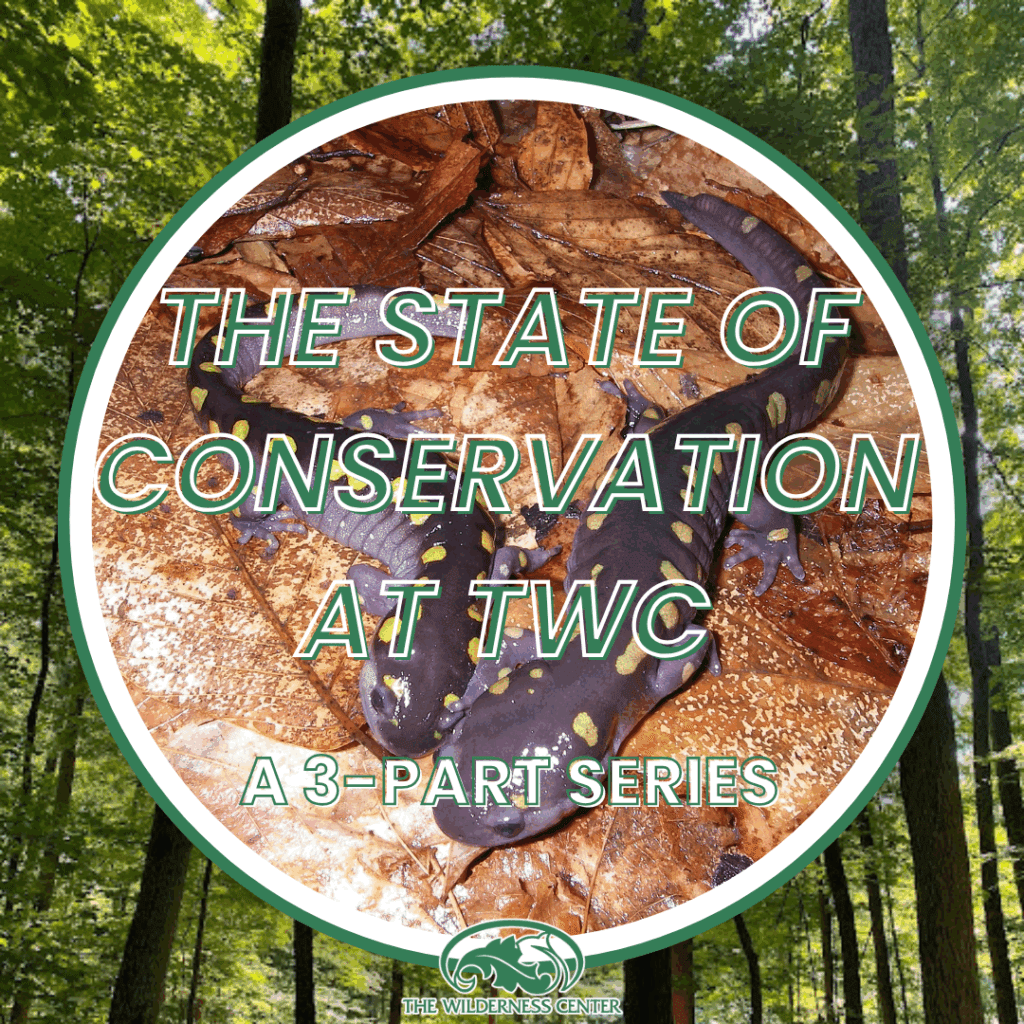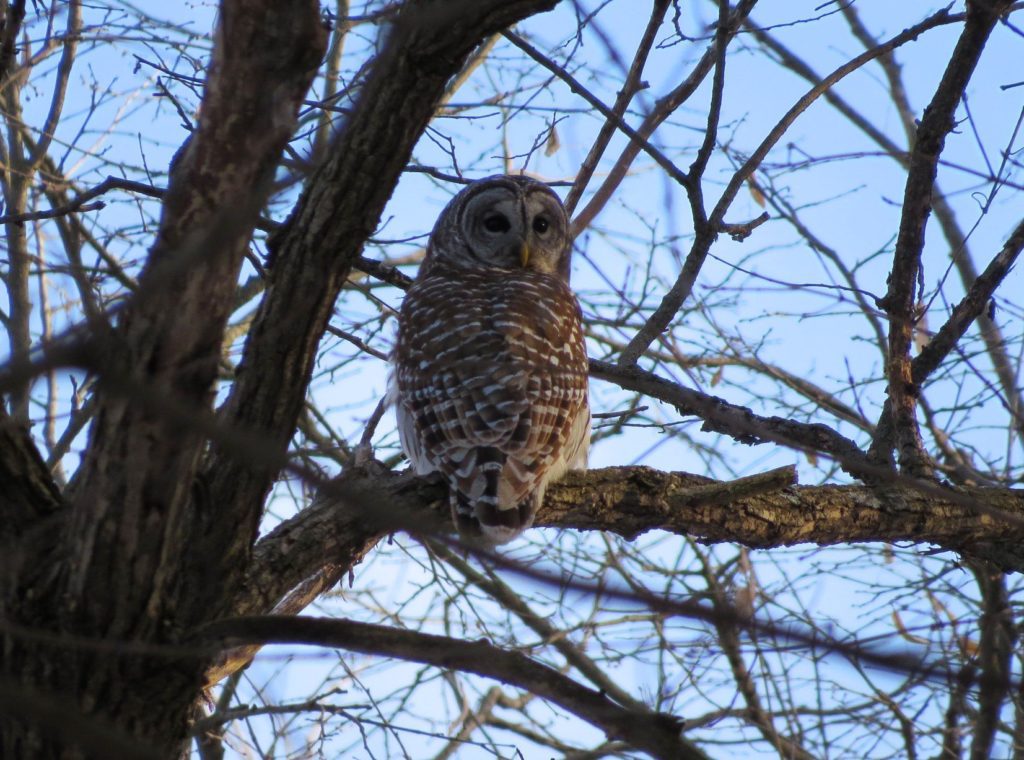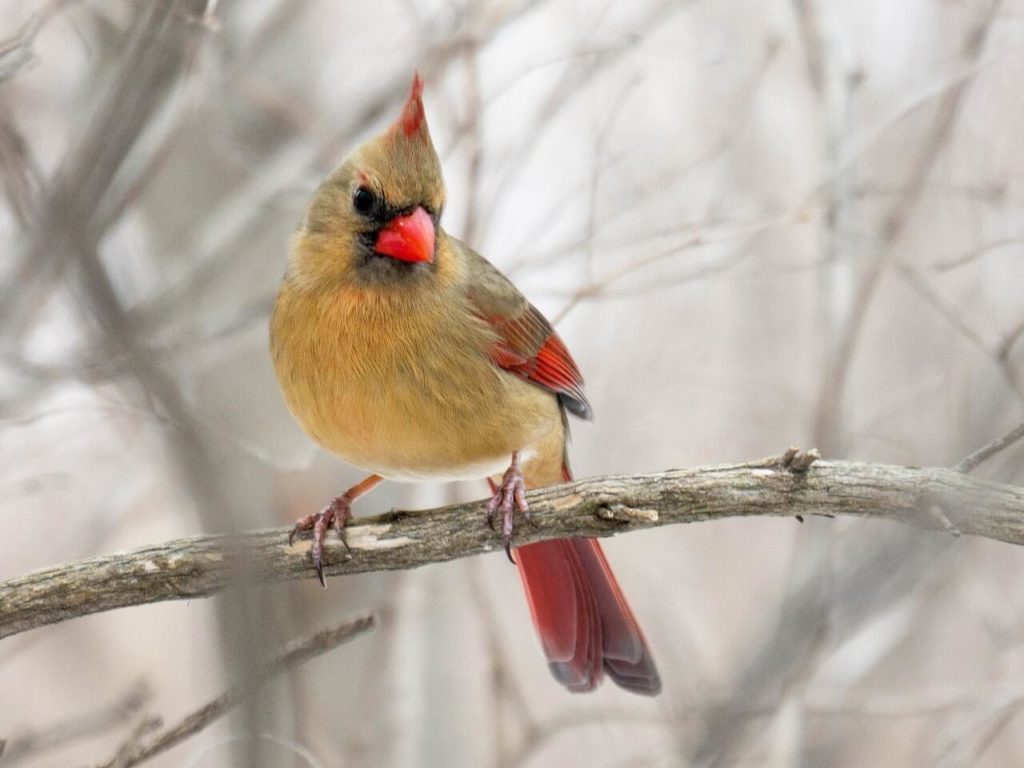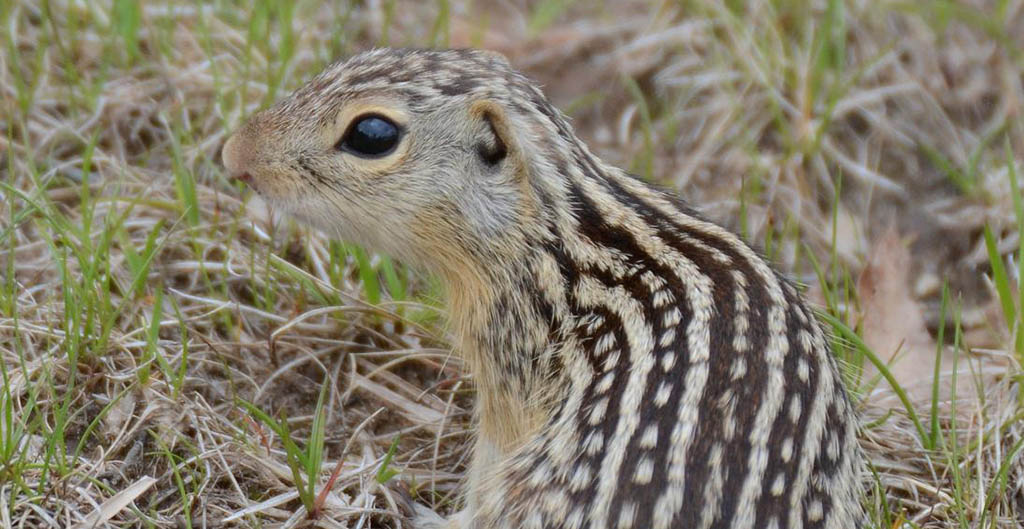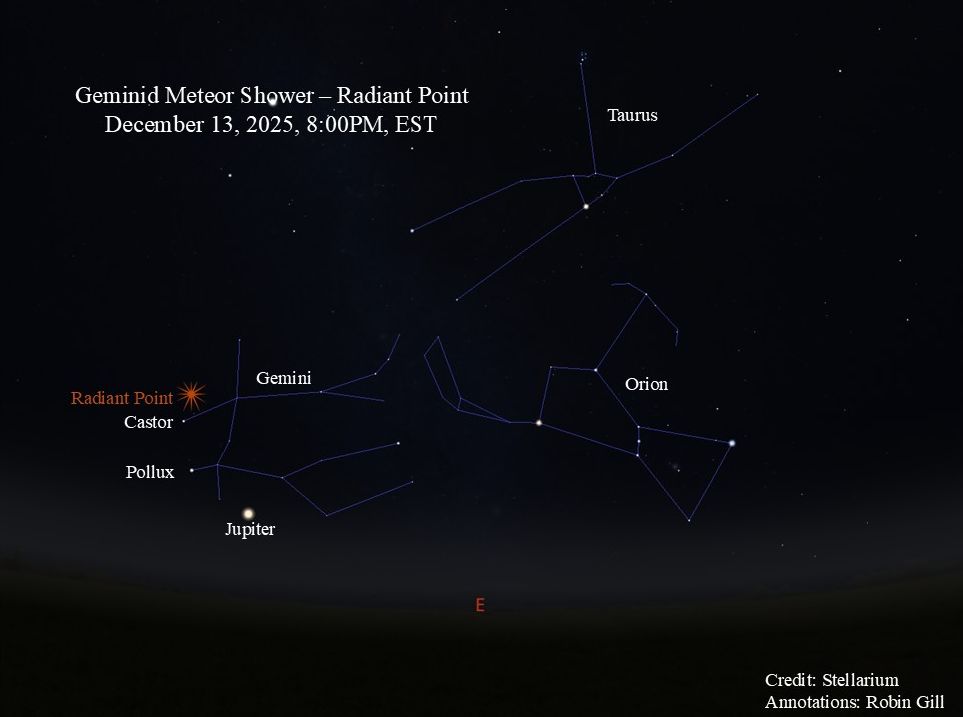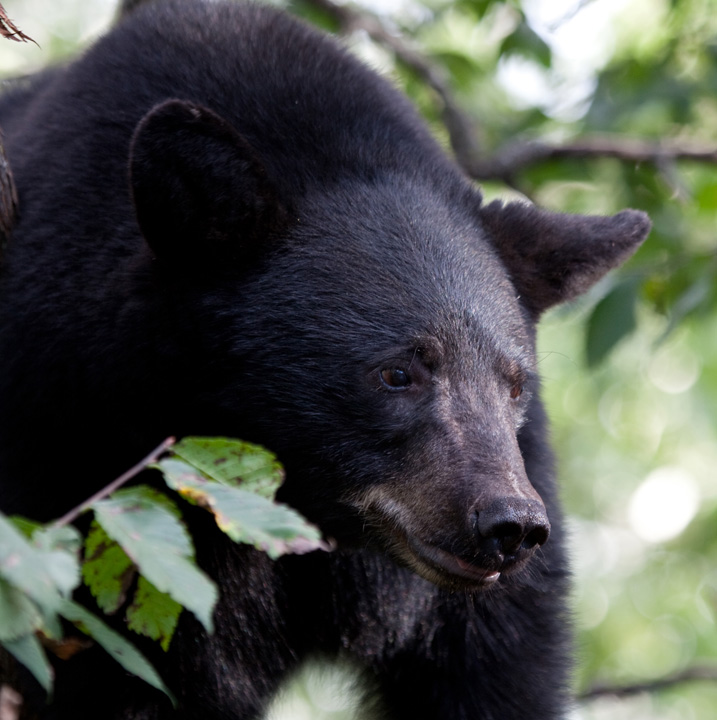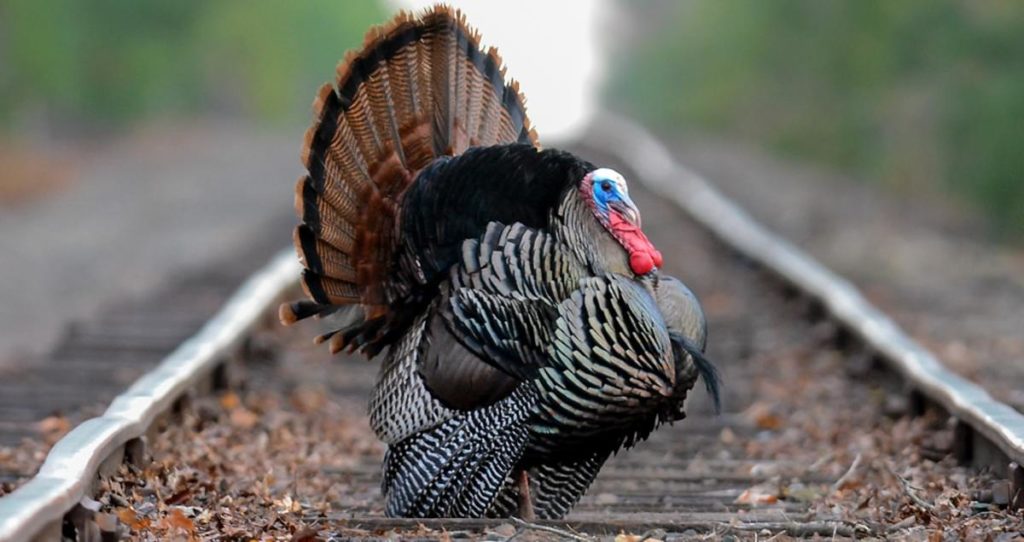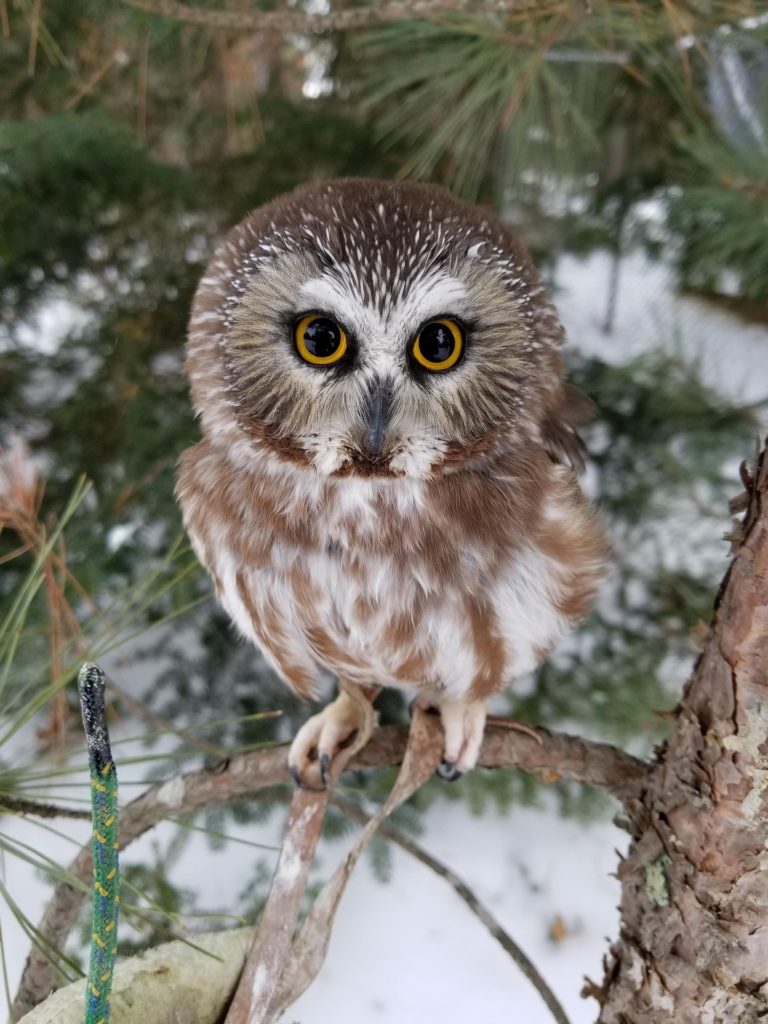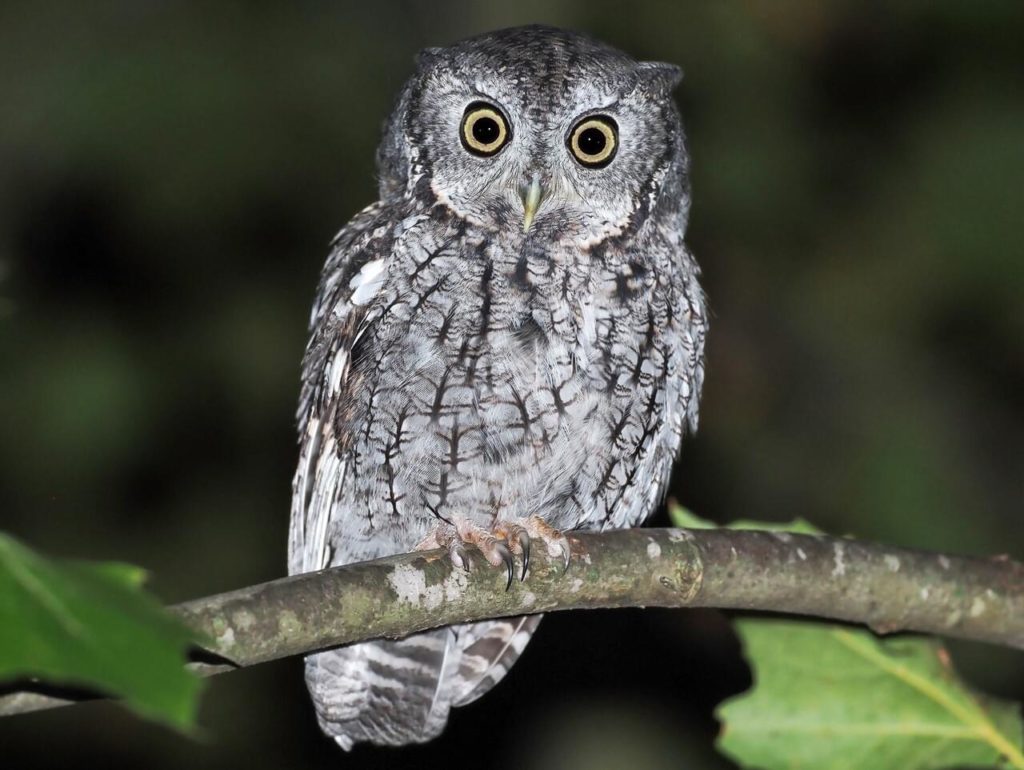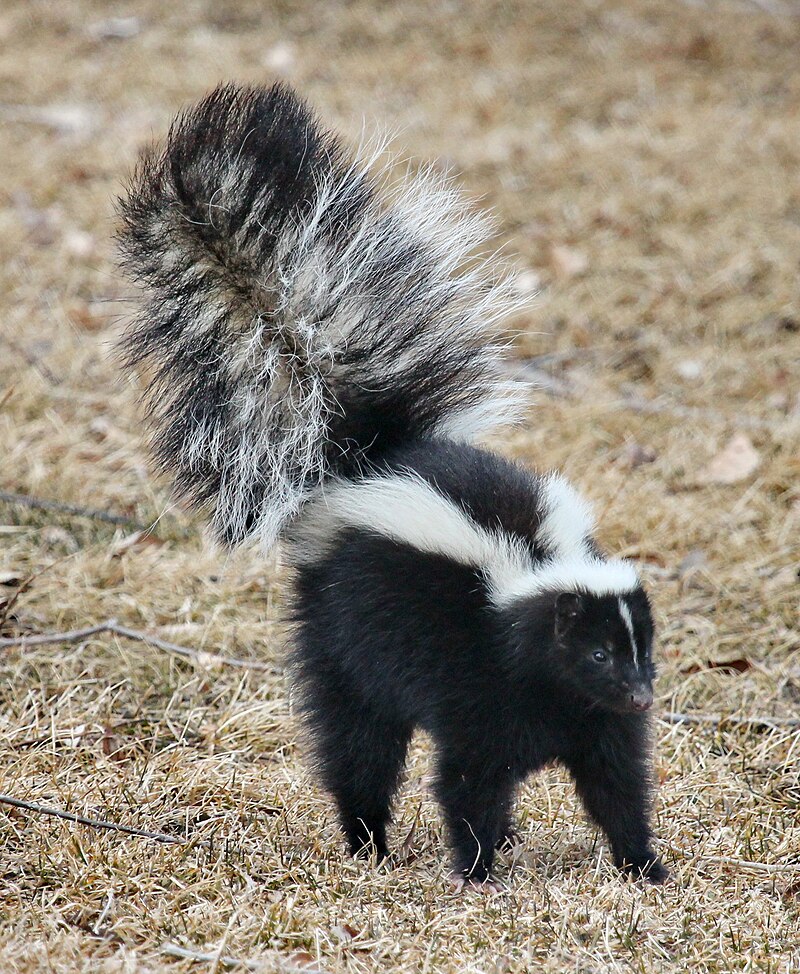The State of Conservation at TWC: Part 1: Implementing Our Vision- Overview of TWC’s New Monitoring Program
Curious about the health of our local ecosystems and how The Wilderness Center (TWC) protects them? This series will provide a transparent look into our ongoing efforts, highlighting the critical work being done to safeguard the natural beauty and biodiversity, right here in Ohio. This kickoff session introduces TWC’s comprehensive ecological monitoring program, newly implemented…
Read MoreWinter Solstice 2025
Winter solstice, the official astronomical beginning of winter in the northern hemisphere, is almost here. It will happen on Sunday, December 21, 2025, at exactly 10:03AM EST. Regardless of where you live in the northern hemisphere the winter solstice happens at the exact same time for all of us! It occurs when the Earth’s northern…
Read MoreWildlife Wednesday 12/17/2025
Happy #WildlifeWednesday! ‘Tis the season for the longest running citizen science project in the world, the Christmas Bird Count (CBC). Up through the 19th century, many people in North America participated in a tradition of competitive hunting on Christmas Day, seeing who could kill the most birds. But in December 1900, ornithologist Frank Chapman proposed…
Read MoreWildlife Wednesday 12/10/2025
Happy #WildlifeWednesday! As harsh winter weather approaches, we are featuring an animal that uses hibernation as a survival strategy, the thirteen-lined ground squirrel. Also known as the striped gopher and leopard ground squirrel, this rodent is related to prairie dogs and is found in grasslands and open areas in Ohio. They may also use man-made…
Read MoreGeminid Meteor Shower 2025
The Geminid meteor shower is a perennial favorite and is well known for being the best meteor shower of the year. Earth’s orbit passes through the Geminid meteor stream every year from about November 19 to December 24. 2025’s expected peak, when the most meteors can be seen, is from Saturday night, December 13 into…
Read MoreWildlife Wednesday 12/03/2025
Happy #WildlifeWednesday. Visitors to The Wilderness Center often ask if bears live in our woods and the answer is… not right now. But they have in the past, and could again in the future. Historically, American black bears were abundant throughout Ohio, prior to major human settlement. But by the 1850s bears were considered officially…
Read MoreWildlife Wednesday 11/26/2025
Gobble gobble! It’s #WildlifeWednesday and we are celebrating the Wild Turkey! Preferring woodland habitat interspersed with open spaces such as fields, pastures, and orchards, these large heavy-bodied game birds with long necks and small heads feed on the ground, strutting and striding through forests and grasslands. Adult males, or toms, weigh in at 12-25 pounds…
Read MoreNorthern Saw-Whet Owls
“I shall never forget the thrill I experienced when I first met this lovely little owl. … I had never seen so small an owl, or one so beautiful.” Arthur Cleveland Bent, Life Histories of North American Birds of Prey, Part 2, August 8, 1938. Mr. Bent was writing about the northern saw-whet owl. Of…
Read MoreWildlife Wednesday 11/19/2025
Whooooo’s ready for our upcoming owl prowl? It’s #WildlifeWednesday and we will highlight the 3 owl species we are most likely to encounter on our grounds this time of year. The Eastern Screech-owl is Ohio’s smallest and most common owl, occurring in all 88 counties. This little owl is about the size of an American…
Read MoreWildlife Wednesday 11/12/2025
Happy #WildlifeWednesday! Today we will learn about a nocturnal animal that wants to be seen, smelled, recognized, and remembered…the striped skunk! While many animals use camouflage, burrows, and fleeing to hide from predators, the skunk does not rely on any of these. Instead its strategy is to stand out, showing off the bright white stripes…
Read More
